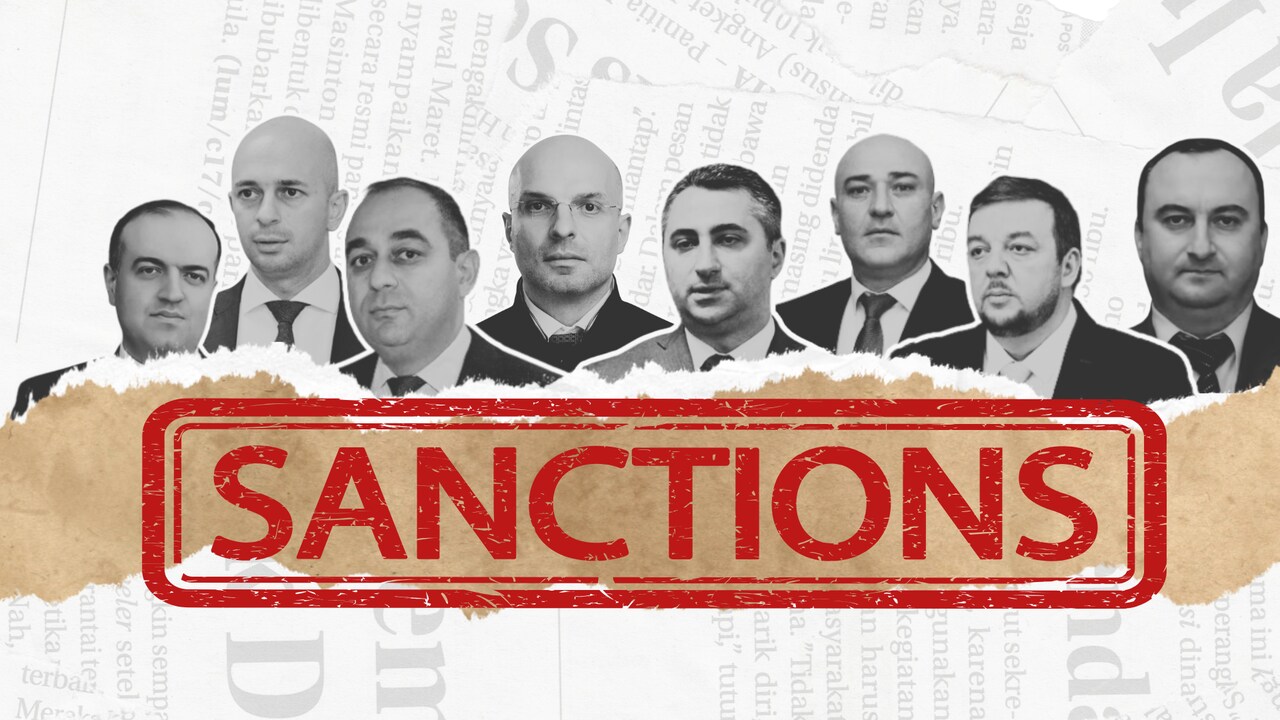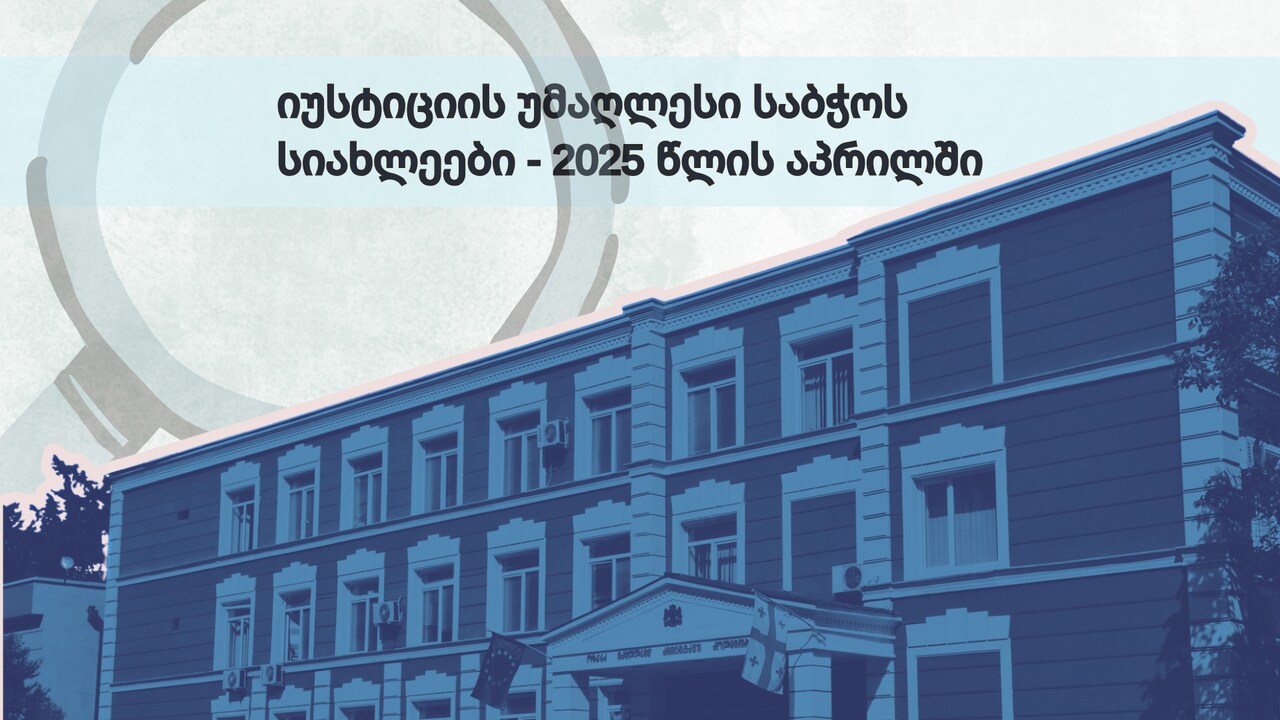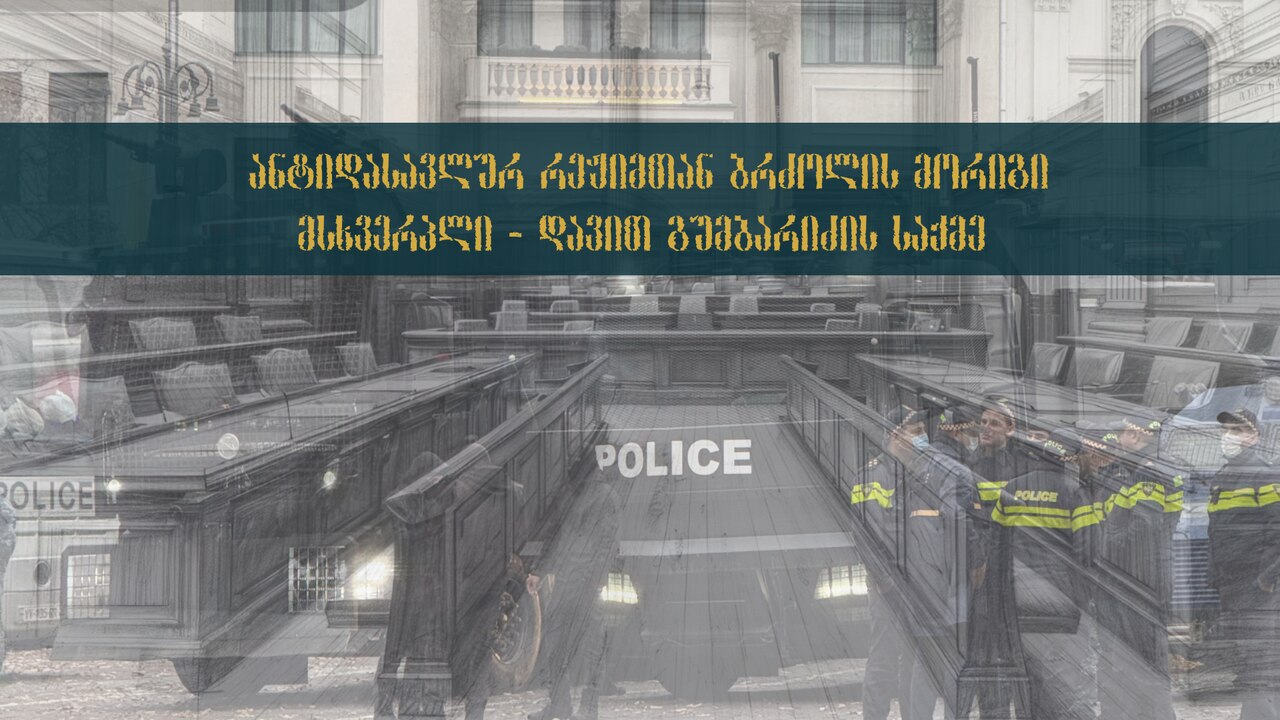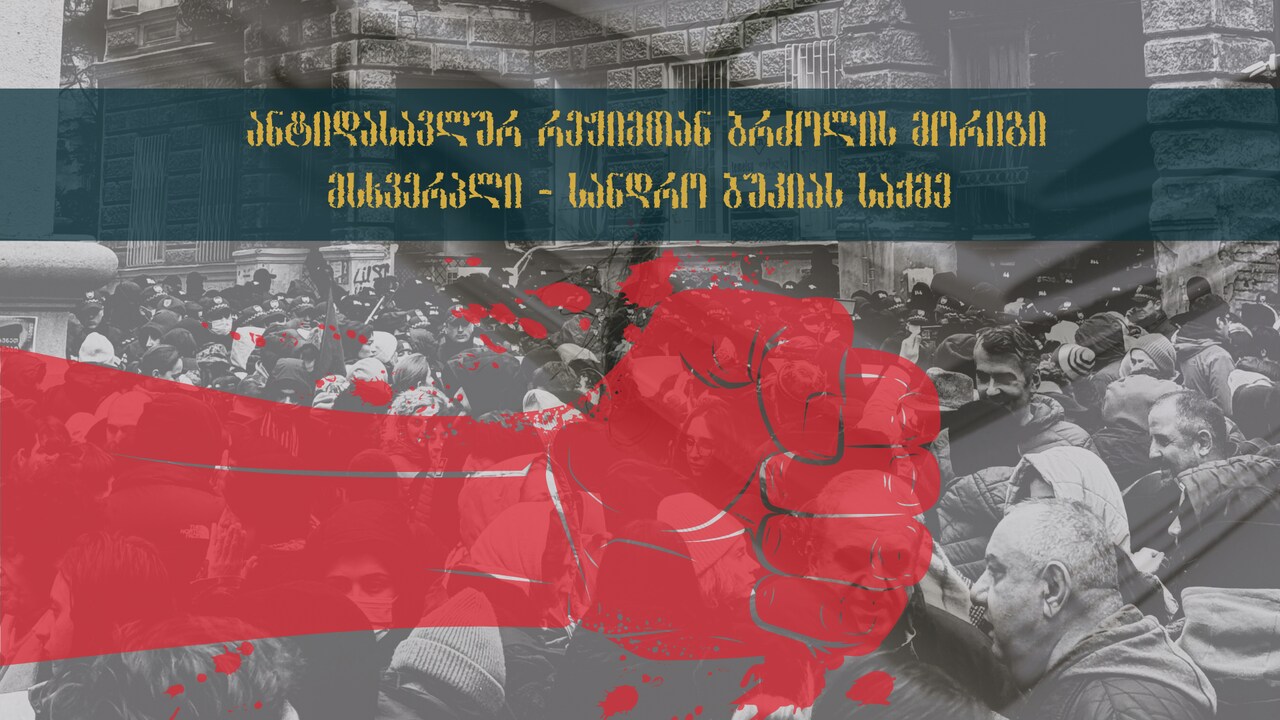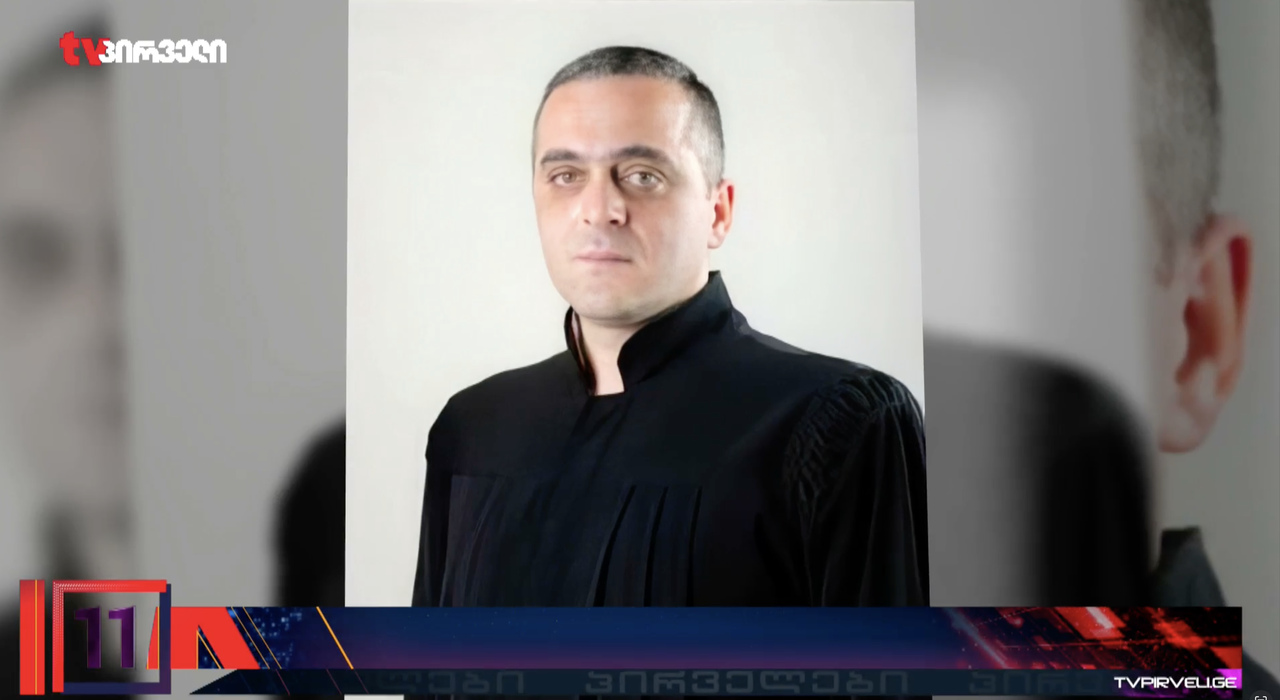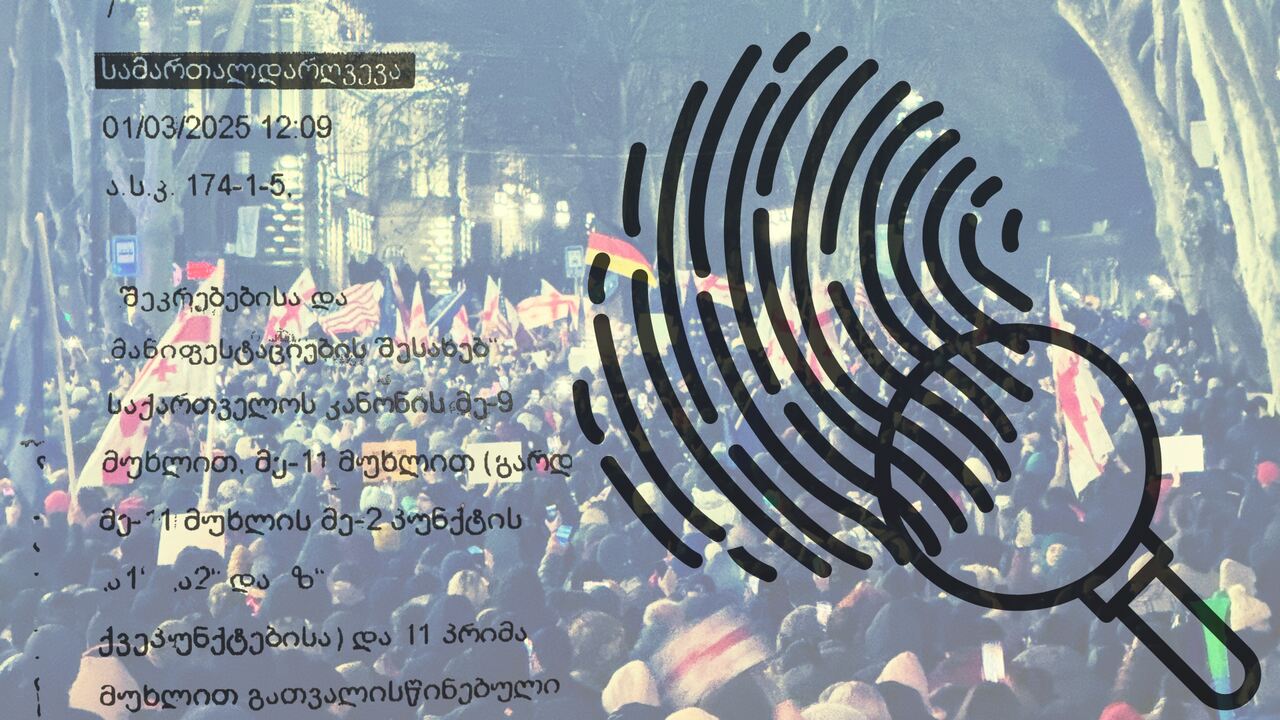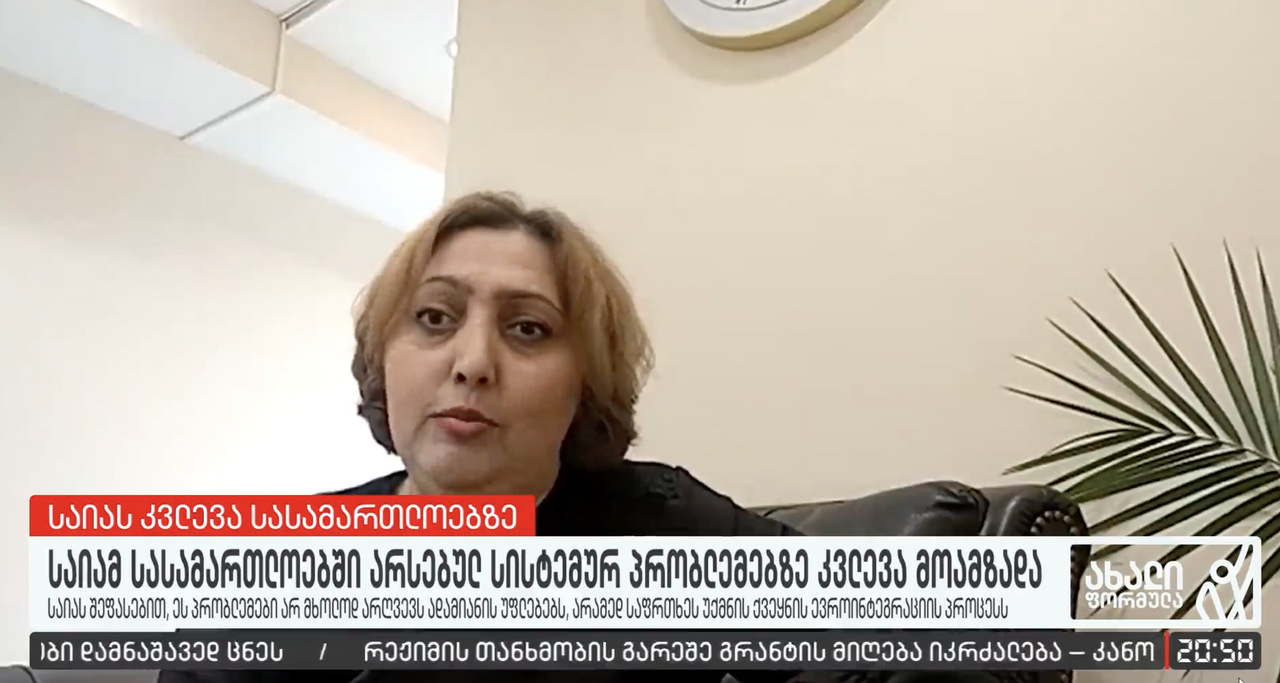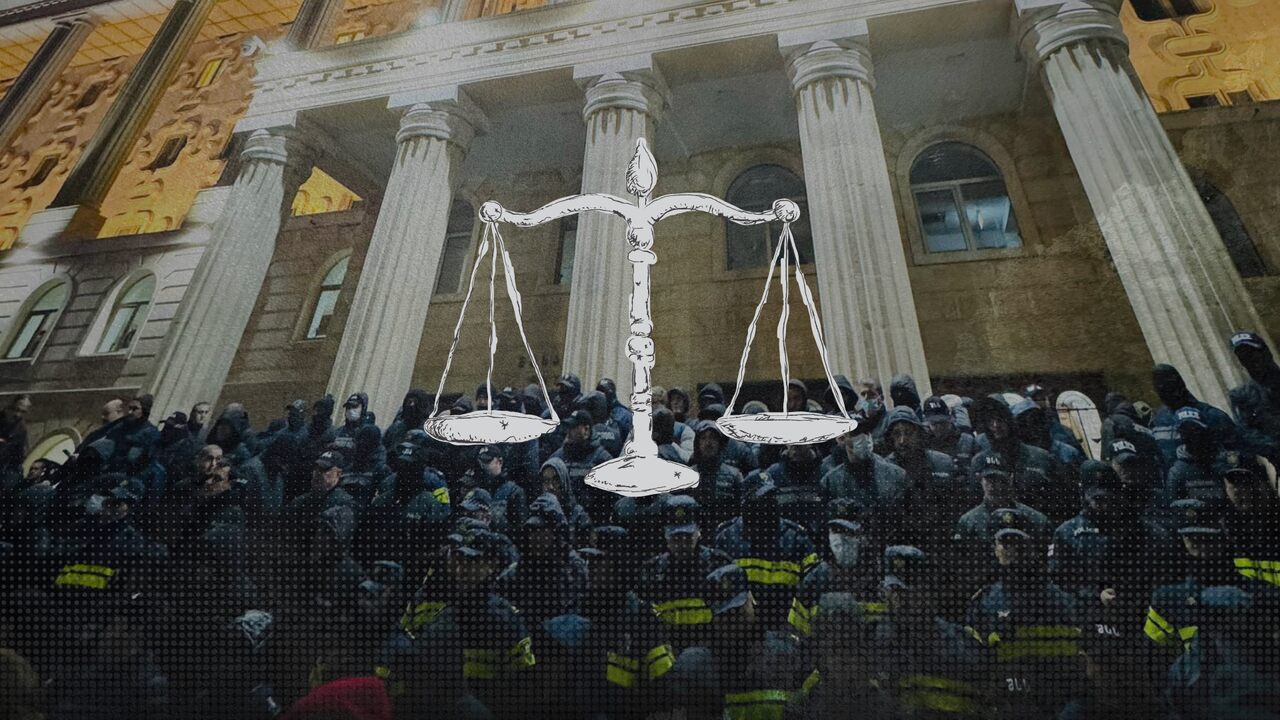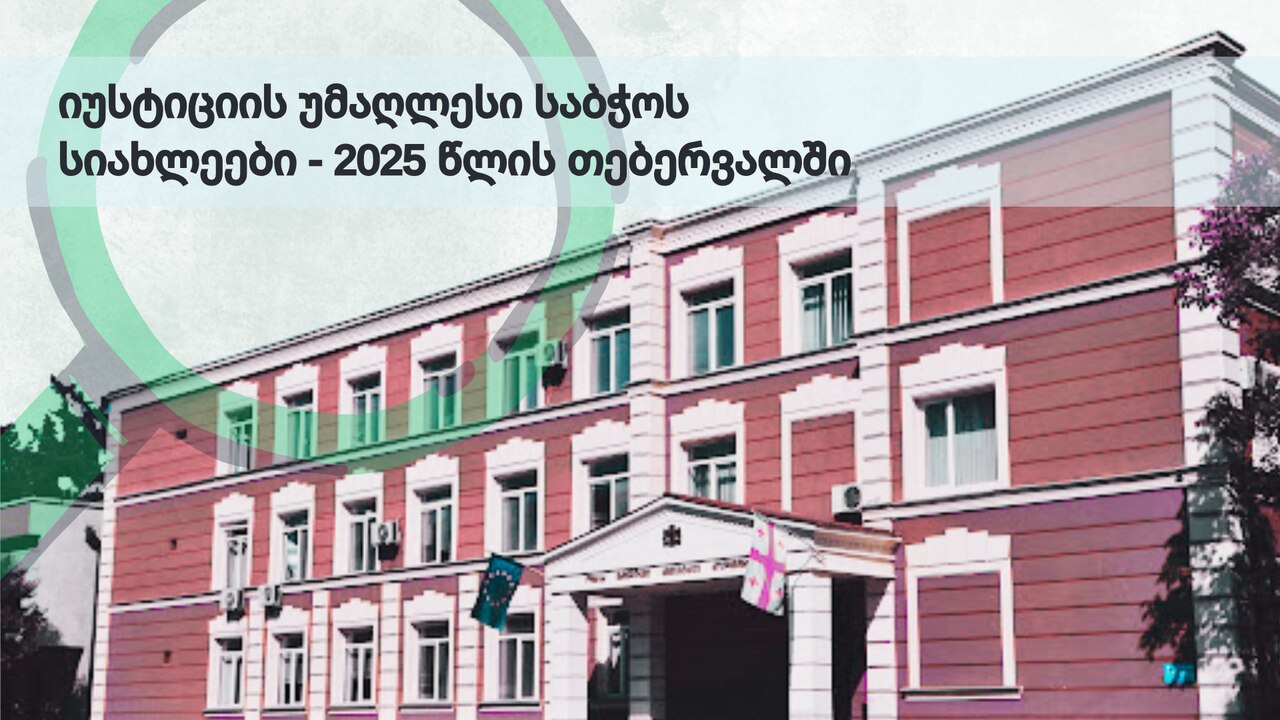Time Management in the Court – the One that We Do Not Have

According to Article 6 of the European Convention on Human Rights, “everyone is entitled to a fair hearing within a reasonable time.” For the realization of the mentioned right, it is important to develop a system of court time management that ensures the accessibility and efficiency of the court. However, Common Courts of Georgia have not yet introduced a mechanism in the system that will ensure efficient time and case flow management in the court. The mentioned topic was highlighted by the Georgian Court Watch in its research “Court Effectiveness Index” conducted last year. According to the research, the case flow and time management indicators were where the judicial system was evaluated with the lowest rate.
It should be also mentioned that the discussion on the topic was started in the High Council of Justice. During the session held on 22nd of December 2023, Ketevan Tsintsadze (Georgia’s representative to CEPEJ) mentioned that it is important for Georgian judiciary to implement a system of documents, time and case flow management, highlighted by the European Commission for the Efficiency of Justice (CEPEJ) in its various documents.
Georgian Court Watch hopes that the guidelines that ensure efficient time management and regulation of the case flow will be implemented on the national level.
To achieve these, as already mentioned, CEPEJ has developed various guidelines. In this article, we will review some of them.
Time Management Check List
European Commission for the Efficiency of Justice has developed the Time Management Check List, aiming to collect relevant information on the cases and analyze important aspects of judicial proceedings’ duration. Based on the information and analysis collected, the Checklist aims to help courts take relevant measures in order to resolve cases within reasonable time.
Check List includes following indicators:
Indicator #1: General assessment of the duration of judicial proceedings
- The indicator focuses on the total length of case procession – from the very beginning to the final decision and, to the execution of court decision, if needed.
Indicator #2: Determining the terms / length of judicial proceedings
- The importance of the indicator is related to the prior planning of the duration of proceedings, so that the court terms are transparent and predictable.
Indicator #3: Determination court categories and case weight
- According to the indicator, when sorting the terms and duration of the cases, considering complexity of the case is important. In this regard, methodology for defining the weight of cases shall be introduced on the national level.
Indicator #4: Monitoring of judicial proceedings
- Proper time management should consider the length of each stage of the trial. Monitoring and analysis of different stages of legal proceedings shall be carried out with this purpose.
Indicator #5: Identifying delayed processes and correcting the results
- When monitoring the duration of case procession, the courts shall have mechanisms that will identify cases of delay. The mechanism ensures immediate notification of those responsible for the delay, enabling them to solve the issue. Moreover, relevant communication may significantly improve the efficiency of the trial, reduce the length of process and costs in favor or the courts and their customers.
Indicator #6: Using information and communication technologies for the time management purposes of the judicial proceedings
- The best tool for the proper time management for the judicial proceedings is to use up-to-date information and communication technologies, giving possibility to more efficiently monitor terms and analyze data.
European Timeframes for Judicial Proceedings Implementation Guide
In terms of determining timeframes for judicial proceedings themselves, CEPEJ has developed separate guideline on determining and complying timeframes for judicial proceedings with European standards (“Towards European Timeframes for Judicial Proceedings Implementation Guide”).
According to the document, setting the timeframe for the case proceeding may not be directly connected to the decision of the legislative body or the judicial body of the highest instance. Setting the timeframe for the case proceeding may somewhat be a tool for achieving compliance with the legal procedural timeframes. More specific judicial timeframes can be set by the court, if is able to have data on process durations by specific case categories.
According to CEPEJ, Timeframes should be set not only for the case areas (civil, criminal, administrative), but for specific categories (family matters, labour disputes, etc.) as well. Timeframes should be tailored to local circumstances, resource available, and legal characteristics of the country.
Timeframes can be assessed by 4 categories:
A Category – Civil / Administrative cases (90%-95%), should be disposed in 18 months from the date of their filing; criminal cases (90%-95%) – in at least 12 months from the date of their filing.
B Category – Civil / Administrative cases (90%-95%), should be disposed in 24 months from the date of their filing; criminal cases (90%-95%) – in at least 18 months from the date of their filing.
C Category – Civil / Administrative cases (90%-95%), should be disposed in 30 months from the date of their filing; criminal cases (90%-95%) – in at least 24 months from the date of their filing.
D Category – Civil / Administrative cases (90%-95%), should be disposed in 36 months from the date of their filing; criminal cases (90%-95%) – in at least 30 months from the date of their filing.
Efficient implementation of the judicial timeframes covers three major steps:
- Analysis of the current situation – Analysis of the situation includes analyzing data per court areas and categories on how long the judicial proceedings take. Data shall reflect case flow rate for at least 3 years (better to analyze data for 5 years).
- Set timeframes for the court – Setting timeframes for judicial proceedings for the next year becomes realistic only after analysis of the timeframes for case proceedings.
- Monitoring the timeframes – at the end of the year, the court shall check how the timeframes are achieved in overall from the court side. Monitoring the situation every three months is preferable.
SATURN Guidelines for Judicial Time Management
Saturn is a working group of the European Commission on the effectiveness of justice, which was established with the purpose of working on judicial timeframes and court overloading. For the purposes of the efficient judicial time management, CEPEJ deems it necessary for the member states to translate the REVISED SATURN GUIDELINES FOR JUDICIAL TIME MANAGEMENT into specific native language and become available for the courts, Council of Justice, court apparatus, lawyers, prosecutors and police.
Saturn guidelines "Saturn" guidelines are intended for courts as well as other legislative and judicial policy-making bodies, court managers, judges, court officers, court non-judicial employees, prosecutors, attorneys, judicial experts, executive bodies.
Saturn group also provides specific indications how to monitor judicial timeframes. We will dive into it in the next article, along with relevant Georgian practice.
Based on the above, as court overloading is a serious challenge in Georgia, implementing the document on judicial time management, setting judicial timeframes and controlling time management on the national level is important.
---
Materials published on Courtwatch.ge is a property of Georgian Court Watch and, when using them, “Georgian Court Watch” shall be indicated as a source.











